Hello. This is a new correspondent, Hanes.![]()
![]()
Last month, senior correspondent Ino-chan introduced in "Slightly New York Times-Walking around a town to enjoy with a public bath-" that October 10 was a public bath day.![]()
That October 10th...In Meiji 15 (1882), there was an event that remained in Japanese history.
That is the start of the Bank's business.
In Nihonbashihakozakicho, there is a monument indicating the place where the Bank of Japan was founded, and it is engraved as follows.
October 10, 1882 The Bank of Japan opened its business here.
April 1896 Relocated to the current location of Nihonbashi Honishi-cho
We will build this monument to commemorate the 100th anniversary of our founding.
October, 1982
Haruo Maekawa, President of the Bank of Japan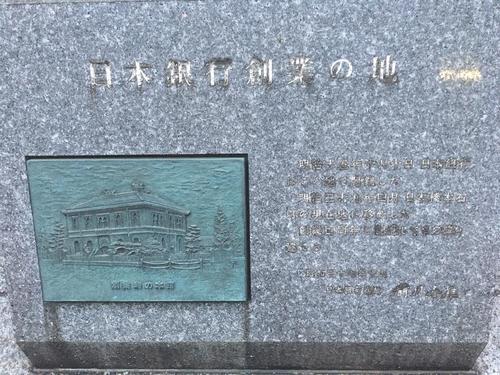
At that time, the Bank of Japan recorded that it was a fine brick building.
Even though I knew it, "Where did the brick come from?...I wondered.
I went to a place that would solve it a while ago.
That's the place where this station is!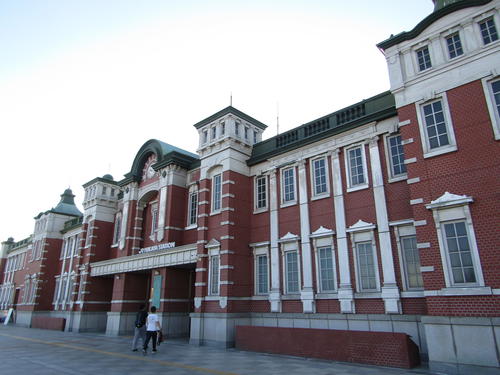
At first glance it looks like the Marunouchi side of Tokyo Station, but it's actually Fukaya Station in Fukaya City, Saitama Prefecture.
Speaking of Fukaya City, the image of Fukaya Negishi and cute loose characters may be strong, but
In the past, it was also famous as a brick production site.
It is said that the Bank of Japan at the time of its establishment was also made of bricks manufactured by Nippon Brick Manufacturing Co., Ltd. in Fukaya City.![]()
Back in 1886, the Meiji government aimed to counter the European and American powers.
Since the launch of the “Government Concentration Plan” with the area around Hibiya as a government district based on modern architecture, the company has launched the “Government Concentration Plan”
A large amount of bricks were needed to make the building a Western-style brick building.
At that time, Eiichi Shibusawa recommended Kamishikimen Village near his parents' home to the factory construction site for the following two reasons.
①Good quality clay that is perfect for making bricks.
(In the past, it was a place where tile production was thriving.)
②I could expect a boat trip.
(You can be transported to Tokyo via the route called Koyama River → Tone River → Edogawa → Sumida River.)
I visited the old brick manufacturing facility, which is the brick manufacturing site of the Bank of Japan, which is open to the public.![]()
At the old office (Brick Archives) in the back, there were many kiln dioramas and bricks at the time.
Invoices for bricks for the Central Station (currently Tokyo Station) (August 21, 1907 / deliver 8,332,000 structural bricks from here) etc.
I went after showing all the interesting materials.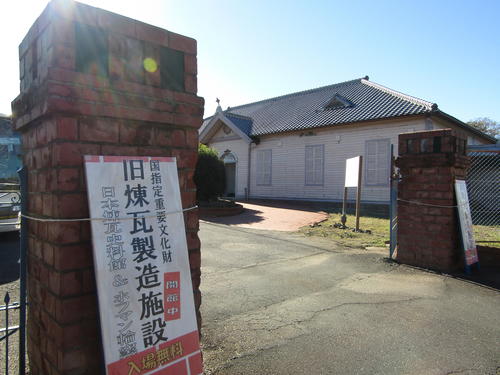
Hoffman Ring Kiln No. 6 Kiln, designated as a National Important Cultural Property!
This Hoffman ring kiln is a very valuable cultural property that only four kilns remain nationwide, including this one.![]()
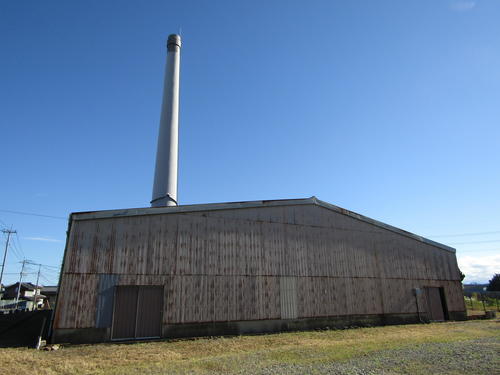
I was guided by a guide and put on a helmet into the kiln.![]()

As you can see from this picture, the wall is very thick.
The reason is to prevent heat from escaping when baking bricks.![]()
It's surprising because it's 3m thick!
The interior was like this, and there were 18 divisions.
There were 36 holes in one break, and it seems that coal was thrown from the second floor through that hole.![]()
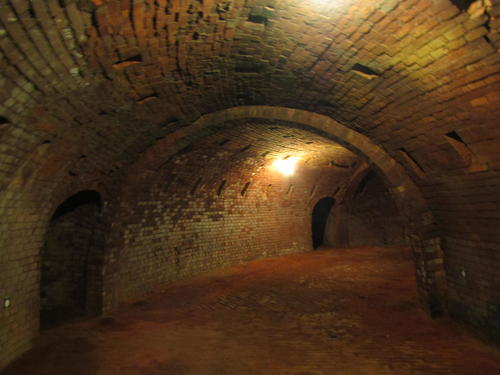
It took two weeks to bake the brick, and it seems that the baking was confirmed with wire from the second floor.![]()
Here, in addition to the Bank of Japan, the bricks used in Tokyo Station Marunouchi Honya and the former Higashimiya Imperial Palace (currently the Guest House Akasaka Palace) were manufactured.
It seems that you are seeing the shadows behind the physically supporting Japan, which is modernizing, and it is somewhat emotional.![]()
Bricks, but bricks.
The bricks, one of the building materials, also tell us such an interesting story.![]()
Regarding the relationship between Chuo-ku and Fukaya-shi, which has been seen through bricks, we have seen the relationship between Chuo-ku and Fukaya-shi.
It will also be featured in the 8th excursion series.
■Former office (Brick Archives), Hoffman Ring Kiln No. 6 Kiln
Address: 28-10, Joshikimen, Fukaya-shi, Saitama
Opening hours: 9:00-16:00 (final admission: 15:30)
Opening day: Saturdays, Sundays (except New Year's holidays)
Admission fee: Free of charge
Website: Fukaya City Homepage "Old Brick Manufacturing Facility"、Eiichi Shibusawa Digital Museum “Old Brick Manufacturing Facility”
※About photograph inside and outside cultural assets, we have publication permission from person in charge of Fukaya-shi culture promotion section.
Chuo-ku Tourism Association Official Blog
Chuo-ku Tourism Association correspondent blog
Introducing Chuo-ku's seasonal information by sightseeing volunteer members who passed the Chuo-ku Tourism Association's Chuo-ku Tourism Certification and registered as correspondents.
List of AuthorsRecent blog post
|
[The 7th Excursion Series] The story of bricks
|
MenuArchiveLinks |

